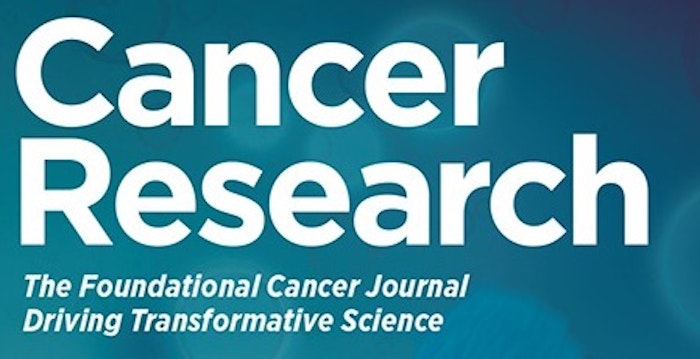Accelerating pediatric brain tumor research through team science solutions

Abstract
Introduction: The Children’s Brain Tumor Tissue Consortium (CBTTC), an international repository of genomic and phenotypic data, has partnered with Blackfynn, Inc., to create a cloud-based data management platform to facilitate team-science across disciplines.
Background: The CBTTC through the CHOP Department of Biomedical and Health Informatics (DBHi) has developed a network of informatics and data applications for researchers across the globe to work together and perform real-time analyses on existing clinical, phenotypic, and genomic data. Historically, rare disease datasets are siloed, locked in proprietary formats, segregated by data types, and hidden from the view of experts in the field. This has been a significant barrier to finding effective therapeutics for children with pediatric brain tumors. Blackfynn was founded by a group of multidisciplinary experts in neuroscience, neurology, medicine, software development, engineering, computer science and business with the goal to empower researchers to cure neurologic disease and provide solutions to these challenges.
Description of Methods: The CBTTC and Blackfynn teamed up to provide a cloud-based, team-focused data management and analytics platform. The platform provides a commercial grade, scalable approach to upload, view, and integrate digital pathology images with relevant subject data such as MRIs, pathology reports and genomic information. Stakeholders can search integrated data without requiring users to change their current workflow or conform to imposed data standards. This platform is a simple, intuitive, end-to-end software platform for teams of scientists and pathologists to review, annotate and discuss cases, enabling rapid diagnostic consensus, quality control, and empowered discovery.
Summary of Unpublished Results: The CBTTC/Blackfynn data platform enabled CBTTC members to engage in a cross-institutional collaboration to reach consensus on digital pathology data in ways that were previously not possible. We demonstrated that this solution removes existing barriers to collaborative efforts and provides a rich analytic and discovery platform bridging imaging with genomics and other data formats. The platform provides a new model for the scientific community to facilitate translation towards improved treatments for children diagnosed with brain tumors.
Discussion and Future Direction: This pilot project will be scaled to other CBTTC sites for centralized review of pathology images to enable the research community to collaborative on specific projects. The next phase of platform development will include further integration CBTTC platforms fully integrating genomics data, and side-by-side viewing and analyses of MRI, pathology and clincal data to facilitate specific project work around large and complex research data types in a cloud environment.